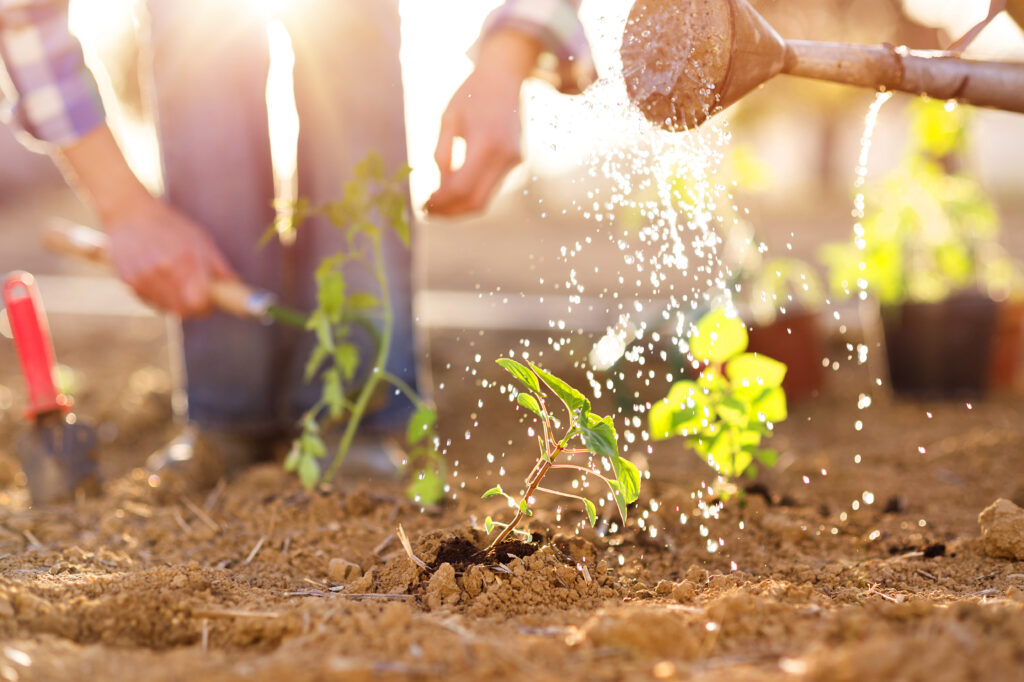In this digital age, where you can pay for almost anything with just a tap on your phone, it’s easy to think that cash might be on its way out. But let’s be real, cash isn’t going anywhere anytime soon. There are some solid reasons why folding money and jingling coins are sticking around, and understanding them might make you appreciate the green in your wallet a little more. Here are the biggest reasons why cash isn’t going anywhere soon.
The Universality of Cash
Cash doesn’t care about your tech-savvy level or whether you have a bank account. It’s the great equalizer in the financial realm, accessible to anyone and everyone, from bustling city centers to remote rural areas. This universal nature ensures that everyone has access to the economy regardless of economic status or geographical location. It’s a reminder that cash unites in a world where technology divides. For millions around the globe without access to banking or the internet, cash is not just an option; it’s the only option.
Preference for Cash in Small Transactions
Cash is the go-to for many when it comes to buying a cup of coffee or a quick snack. It’s straightforward, with no hidden fees or minimum charges often accompanying card transactions. People prefer cash for these everyday purchases because it’s fast and fuss-free. There’s a certain charm in paying with the exact change and avoiding the hassle of swiping or tapping a card for something that costs less than a fancy latte. Plus, it’s a silent protest against the small yet annoying transaction fees that add up over time.
Security from Cyber Threats
In an age where data breaches are more common than we’d like to admit, cash offers a shield against cyber threats. Paying with cash means your transaction remains your business without the risk of personal data being compromised. There’s a comforting simplicity in knowing that a cash transaction leaves no digital footprint, offering a level of security and peace of mind that’s hard to beat. It’s the old-school firewall against modern cyber woes. For those cautious about digital security, cash isn’t just money; it’s a privacy measure.
The Untraceability of Cash
Cash transactions are the ninjas of the financial world—silent, swift, and invisible. They allow you to make purchases without leaving a trace, perfect for surprise gifts or personal treats. This level of privacy is a rare commodity in an increasingly surveilled digital landscape. For those who value their financial anonymity, cash is king. Whether avoiding nosy questions about spending habits or simply enjoying the freedom of untracked purchases, cash offers a liberating sense of autonomy.
Cash’s Wide Acceptance
No matter where you go, cash talks. It’s the universal language of commerce, accepted in every corner store, market, and service provider. This wide acceptance means you’re never caught off guard or left scrambling because a store needs to take your card or mobile payment. It’s the ultimate backup plan, ensuring you’re always prepared, regardless of the technological preferences of the merchant. Cash’s universal appeal is reassuring in a world where payment methods can be as varied as the goods and services we consume.
The Finality of Payment with Cash
There’s something inherently satisfying about completing a transaction with cash. It’s immediate, with no pending charges or waiting for transactions to clear. This finality gives a clear sense of completion and certainty lacking in digital transactions. When you hand over cash, the deal is done, the goods are yours, and there’s no looking back. Cash is the preferred choice for those who appreciate simplicity and immediacy in their transactions.
Cash Helps Control Spending
Cash is magical because it makes you think twice before parting with it. When you see your money physically diminishing, it’s a tangible reminder of your spending. This visibility helps keep spending in check, making it easier to stick to a budget. The physical act of handing over cash can feel more significant than swiping a card, leading to more mindful spending decisions. An all-cash diet can be a surprisingly effective strategy for anyone trying to reign in their expenses.



